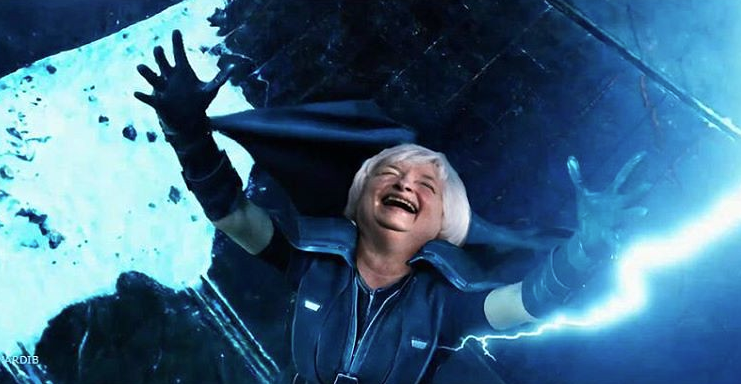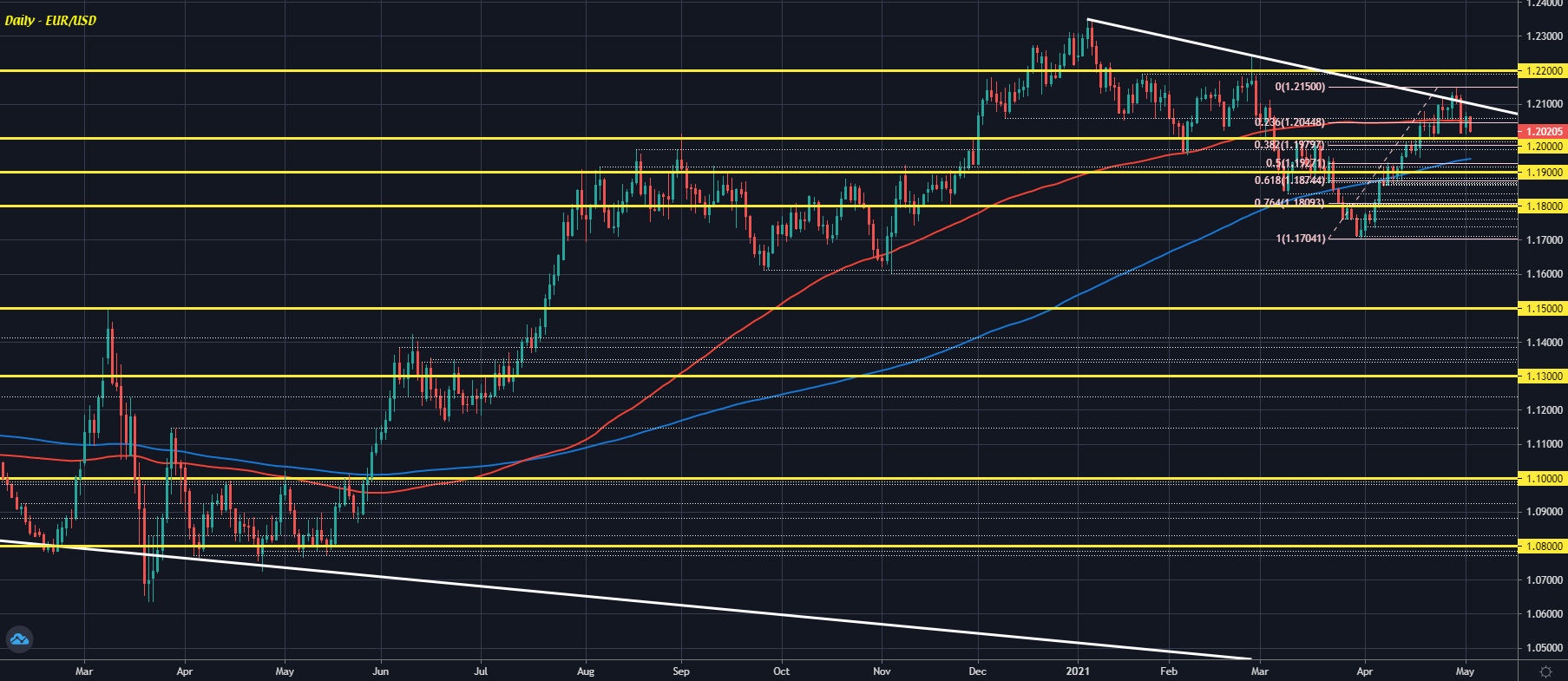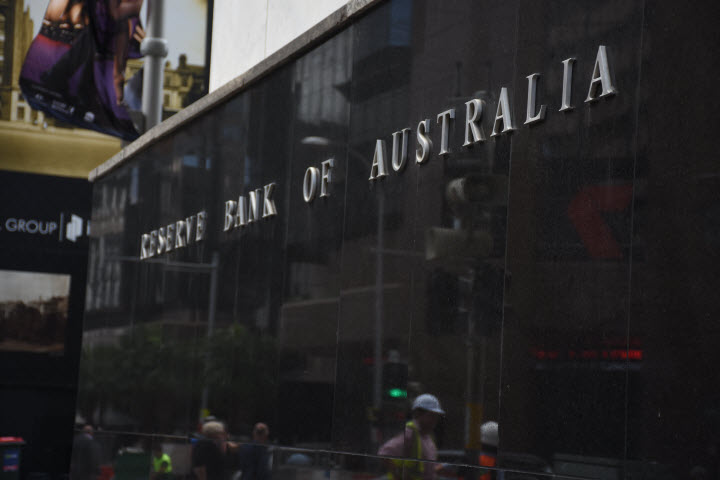Kaplan spoke with MarketWatch

“I think it will make sense to at least start discussing how we would go about adjusting these purchases and starting having those discussions sooner rather than later,” Kaplan said.

“I think it will make sense to at least start discussing how we would go about adjusting these purchases and starting having those discussions sooner rather than later,” Kaplan said.
The major European indices all fell led by the German Dax which fell 2.5%. The Spain’s Ibex and UK FTSE 100 were positive at the start of the North American session, but has moved solidly into negative territory at the close.


“It may be that interest rates will have to rise somewhat to make sure that our economy doesn’t overheat, even though the additional spending is relatively small relative to the size of the economy.”

Here’s the full quote:
“It may be that interest rates will have to rise somewhat to make sure that our economy doesn’t overheat, even though the additional spending is relatively small relative to the size of the economy.”
The greenback is holding modest gains across the board to kick start the session, paring its drop from yesterday. EUR/USD is trading down to the lows at 1.2018, closing in on the Monday lows around 1.2013-15 at the moment:


Last week I came across a piece on Bloomberg making a case that the Italian FTSE is a decent place to make a play on the Italian stock market. The reasons were as follows:
According to Antonio Amendola. Portfolio manager at Acomea Sgr, ‘Italy really has an epochal opportunity with the Recovery Plan. Directly for the obvious investments it will make, but also indirectly for the necessary reforms.
2. The Italian FTSE is trading at a relative discount to it’s European peers. The current FTSE MIB (Italian FTSE) forward price to earnings ratio relative is about 0.77%. This is just shy of the multiyear lows hit during the COVID-19 crisis of ~0.70%.
Correction in stocks due or can gains continue?
The argument against this is the feared correction in stocks that is generally feared. The summer months would be the obvious time for a correction. However, aside from the obvious it is hard to pin point a correction in stocks. Any readers with some top tips please leave a message in the comments below. One perspective I have found helpful recently has been from Ray Dalio. He asks the following six questions:
